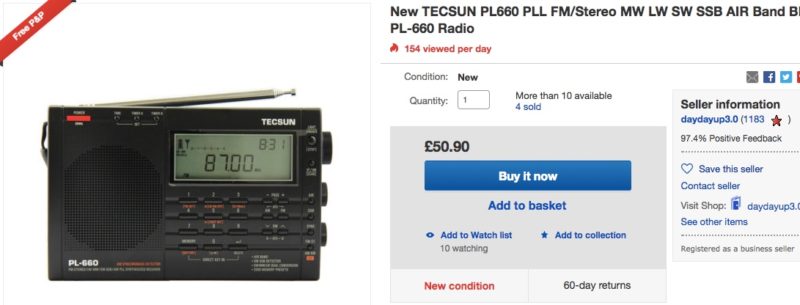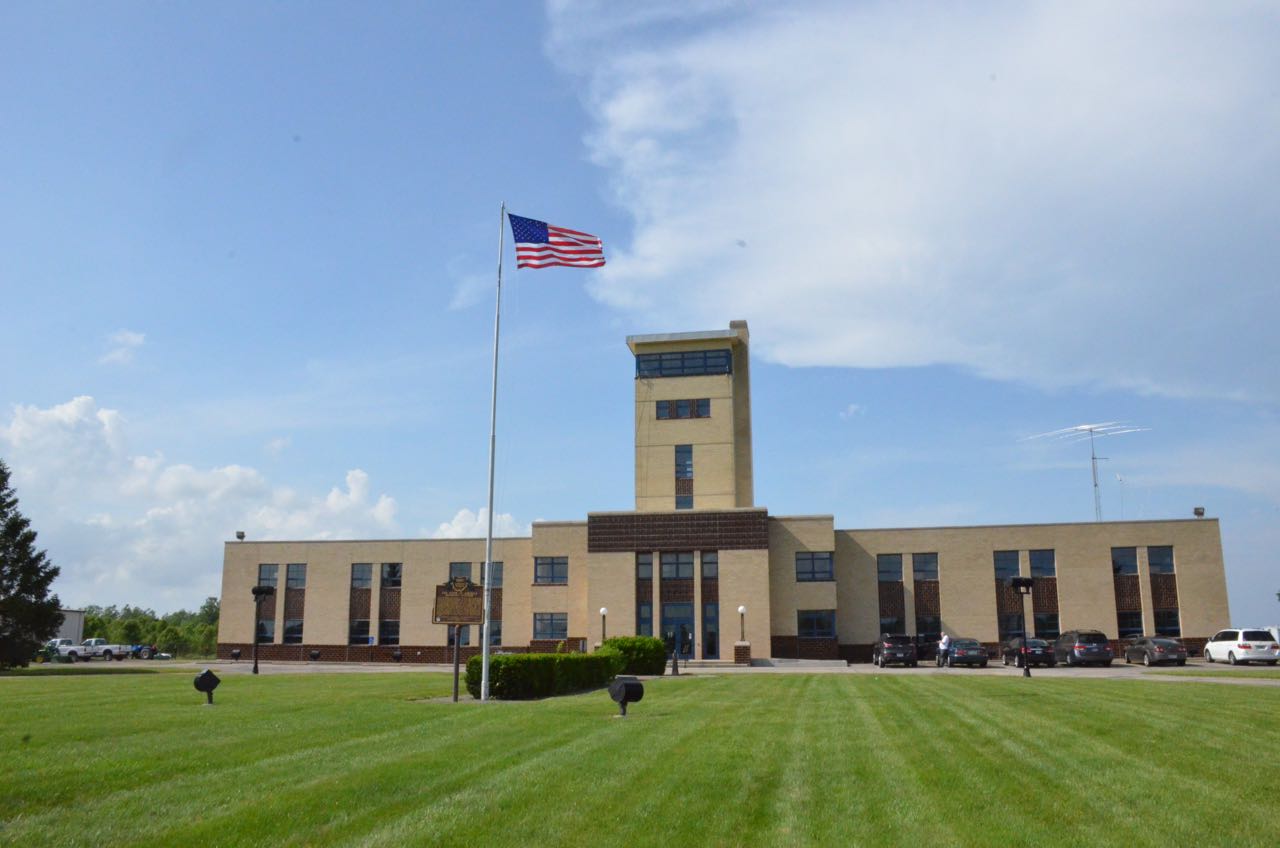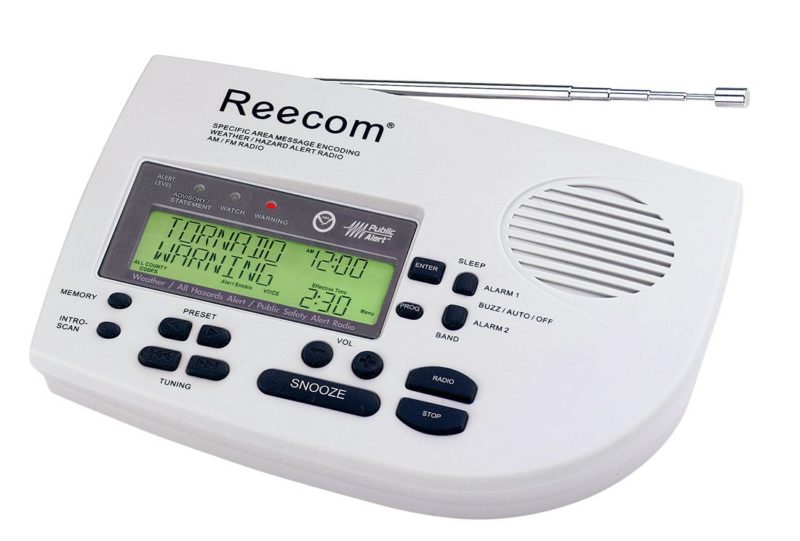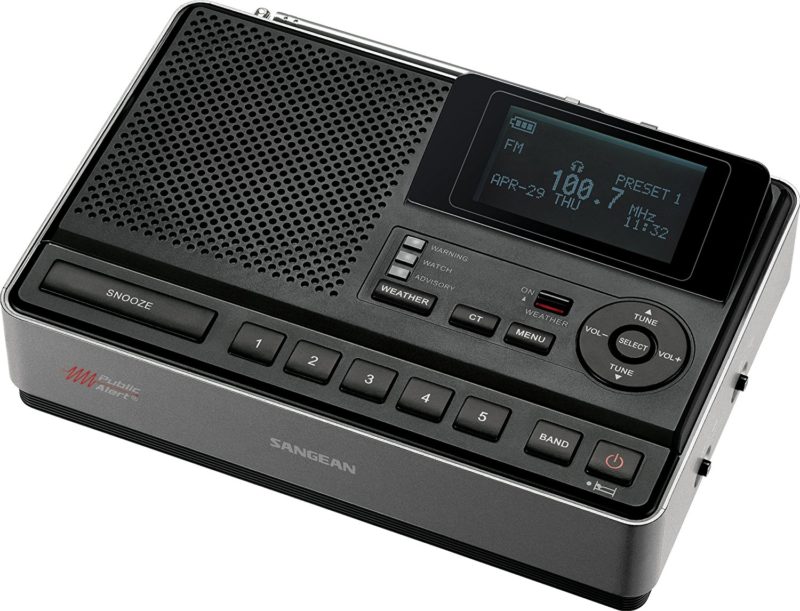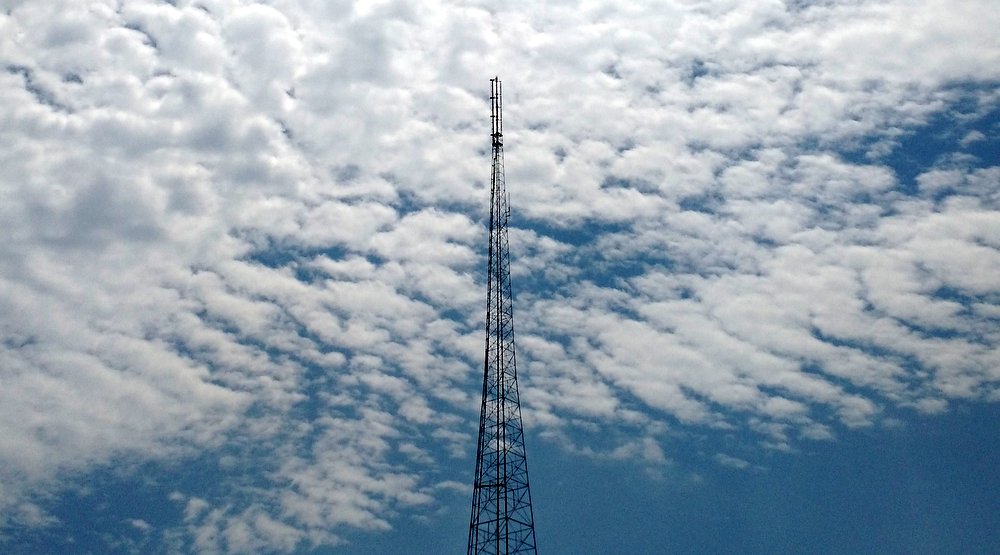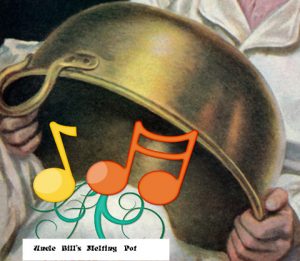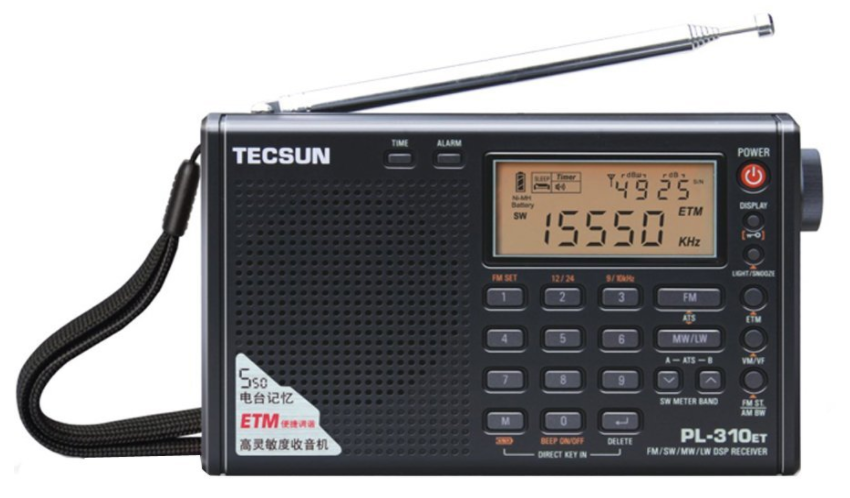Best-selling Crosley biographer to speak at National VOA Museum of Broadcasting Nov. 10
Rusty McClure, author of the New York Times bestseller, Crosley: Two Brothers and a Business Empire that Transformed a Nation, will speak Friday, Nov. 10 at the National Voice of America Museum of Broadcasting in West Chester.
Cost to attend is $25, which includes a copy of McClure’s book, a $15 value. Attendees can also view the ongoing Crosley exhibit at the museum, which displays some of Crosley’s most engaging inventions and products. Doors open at 7 p.m., with the lecture beginning at 7:30 p.m. Tickets are payable at the door.
To reserve a place at the Nov. 10 lecture, call (513) 777-0027 or email [email protected] .
McClure will also be on hand at the museum on Saturday, Nov. 11 at 1 p.m. to discuss Powel and Lewis Crosley’s extraordinary lives and work and sign books, said museum director Jack Dominic.
Powel Crosley, Jr., inventor, industrialist, entrepreneur and founder of the Crosley Corporation, is considered the Henry Ford of radio. When his son wanted a radio in the early 1920s, he thought they were too expensive, so built one with him instead.
Blast from the past: The Shelvador refrigerator, which featured shelves and a built-in AM radio in the door, is one of the fun and innovative Crosley products on display at the National Voice of America Museum of Broadcasting. (John Kiesewetter Photo)
The Crosley Radio Corporation that resulted from that innovation quickly became the largest radio manufacturer in the world.
Crosley and his brother Lewis built a business empire that included WLW radio station, the concept of radio advertising, ownership of the Cincinnati Reds, the creation of many household products, and an economy automobile known as the Crosley car. Crosley Corporation engineers built the rhombic antennas at the VOA-Bethany Station and operated it during World War II and part of the Cold War.
An exhibit featuring Crosley products such as the Shelvador refrigerator; a “Reado,” home Fax machine; and Xervac hair-growing machine is free with regular museum admission.
The VOA museum is now open each Saturday and Sunday from 1 to 4 p.m. Admission is $5 for adults and $1 for children.
The museum, located at 8070 Tylersville Road, just commemorated the Sept. 23, 1944 dedication of the VOA-Bethany Station with a successful fundraising gala. This year also marks the 75th anniversary of the Voice of America.
For 50 years, the VOA-Bethany Station transmitted Voice of America broadcasts to countries worldwide that lacked a free press, first in Europe during World War II and to South America during the Cold War. The station was decommissioned by the federal government in 1994.

